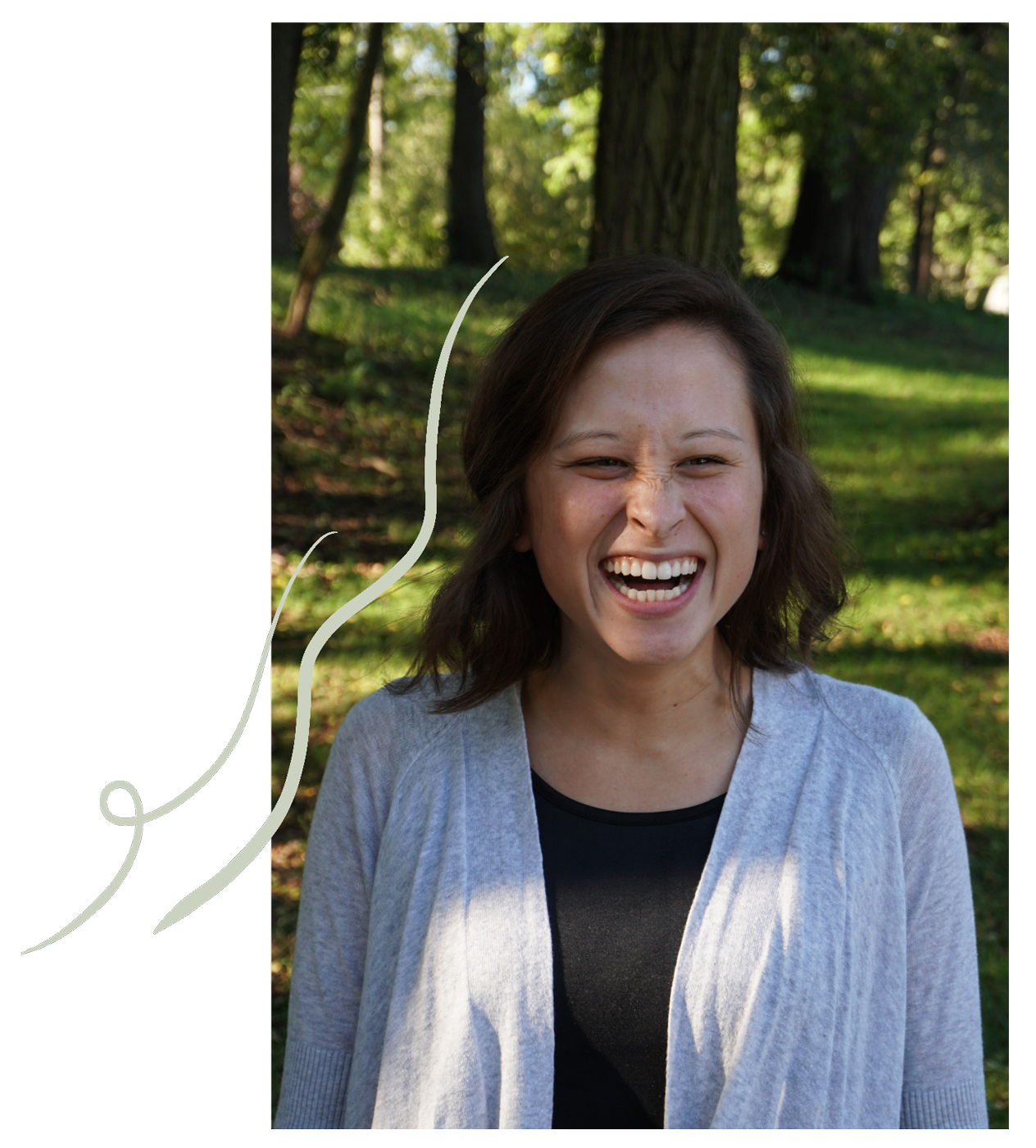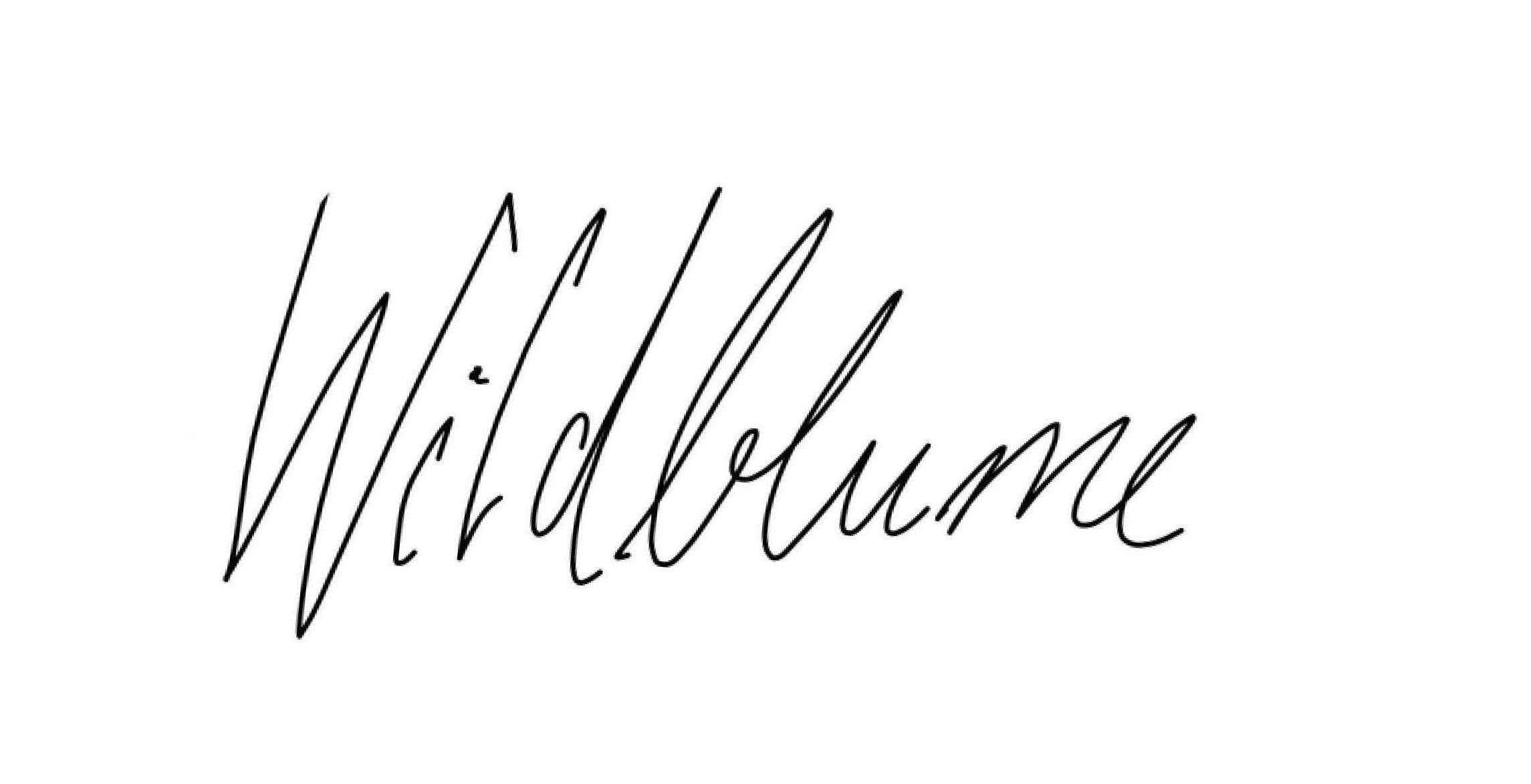
One Girl, Three Ethnicities
My Lifelong Question of Belonging
Text: Kaila Yim
A piece of me has always felt conflicted. Growing up, I never quite fit in with any one specific friend, school, church, or even ethnic group.
On the outskirts, fringes, outside: each of these terms describe how I felt at various points in my life. Where and how does one “fit in?” What makes one “belong?” What does it mean to “fit in?” Such questions plagued me.
I am a Chinese-American with Chinese and American roots and a Hispanic extended family through my father’s remarriage. Growing up, I wanted to make all three of these cultures my own. I wanted to be like the Chinese, the Hispanics and the Americans around me. I wanted to…fit in.
And it seemed to work.
When I was with my (white)-American family and extended family, I felt right at home: barbecuing, swimming, eating homemade desserts, soaking up the sun with the dogs in the backyard, and wearing the diamond earrings Mom gave me every Christmas. As soon as I was with my Chinese-American family and extended family, I also felt right at home: going out for Dim Sum, walking the streets of Chinatown with others who had the same-shaped eyes as me, learning about Chinese New Year from my dad, learning Cantonese and how to eat with chopsticks, and wearing jade necklaces. And when I visited my Hispanic-American family and extended family, I again felt right at home: learning Spanish, eating authentic Hispanic food, playing with all of my cousins, asking questions about lip and eyebrow liner, and wearing gold chain necklaces.
As fun and exciting all this may seem, I was never able to be completely absorbed in any one of these cultures. I began to realize that I was continually leaving parts of my heart behind with each of these different places, cultures, and people. This eventually led to a true identity crisis. I identified myself with white-Americans, Chinese-Americans, and Hispanic-Americans. I understood aspects from each of these cultures, felt as if I belonged to each of these cultures—and yet was never one-hundred percent part of any one of these cultures. I was mixed. Where did I fit in, when I belonged partly to one ethnicity and partly to another? Did others see me as Chinese? American? Hispanic?
I was torn, lost.
But eventually something happened that shifted my perspective entirely. God began to highlight my desire of belonging somewhere, and I began to trust more and more what the Bible says about us humans and that God accepts me completely. I found rest, freedom, and affirmation in the way he sees me. And that helped me no longer see myself as someone who doesn’t fit in.
I had found my home.
And I started to notice that I wasn’t the only one who knew what it felt like not to belong. I encountered people who felt similar to me, who viewed themselves as alone, foreign and bothersome. I began to wonder how my story and experience could help others experience the same acceptance and freedom. This perspective change helped me to no longer feel lost and strengthened me in my identity.
I also learned from others about how to accept and invite those on the fringes into a community. One of these people was a girl from my school in the seventh-grade. She didn’t know me at all, yet still invited me to sit with her and her friends during the break, so I wouldn’t have to spend the time alone. How attentive and brave of her! I wanted to be this type of person for others.
And so, I began to open my eyes and heart. I began to give those without community my attention.
Looking back, I believe that God has used my story to encourage others. I continue to meet people who feel like they don’t belong. I intentionally spend time with them because I also know how that feels. I want them to know someone sees them, cares, and desires to listen to their story. I want to give honest answers to their questions and be a safe place so that they feel free to be themselves.
Over time, I’ve learned to allow myself to leave parts of my heart behind in different cultures—without necessarily having to know which one I fit in. For me, this has meant living fully present. To allow my daily life to be influenced by various lifestyles, traditions, and customs and then go home, enriched. Once a month, I visit a restaurant that serves food different from my own culture. My playlists include country, Latino, hip-hop, rap, Gospel, and Hebrew music. I have conversations in English, Spanish, and Chinese.
I believe we all deal with insecurities in our identity, whether cultural, racial, familial, or otherwise. Whatever you find yourself struggling with, take heart. I’m convinced that none of it is in vain nor goes unnoticed. You have the opportunity to use your struggle not only for your own good, but also someone else’s. Could there be beauty in what you view as dysfunction? Is it possible that you’re the one who can give someone the gift of empathy because of a similar situation you’ve already suffered? Could opening up about your insecurity with someone result in deeper shared connection? There is hope and grace for the one struggling to fit in, the one confused about where she belongs, the one wrestling with her identity.
Let’s be women who use our diversity to lead ourselves and others to a life of freedom. Women who use our insecurity and confusion to meet someone in theirs. Women who use our loneliness as an opportunity to encounter others and seek to understand one another’s story.
Let’s be women who embrace the tension rather than running and hiding from it. And let’s be women who actively seek diversity out and allow it to shape our perspectives, worldviews, and relationships.
